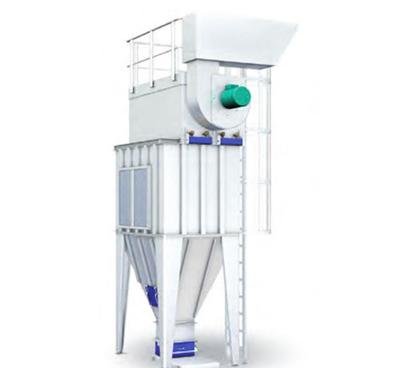industry exhaust
Industrial waste gas refers to the general term for various pollutant-containing gases discharged into the air during the fuel combustion and production process in the factory area. These exhaust gases include: carbon dioxide, carbon disulfide, hydrogen sulfide, fluoride, nitrogen oxides, chlorine, hydrogen chloride, carbon monoxide, sulfuric acid (fog), lead mercury, beryllium, smoke and dust, which are discharged into the atmosphere and pollute the air. These substances enter the human body through the respiratory tract in different ways, and some directly cause harm, and some also accumulate, which will cause more serious harm to human health. Different substances have different effects.
Exhaust gas classification
Exhaust gas is also divided into particulate exhaust gas and gaseous exhaust gas.
1. Particulate waste gas: This type of pollutant is mainly polluting smoke and dust generated during the production process, and its sources are mainly cement plants, heavy industrial material production plants, heavy metal manufacturing plants, and chemical plants. In production, the raw materials required by such enterprises need to be purified. Due to the large amount of impurities, the purified combustibles cannot be completely burned and decomposed. Therefore, they exist in the form of smoke and dust, forming exhaust gas, which is discharged into the atmosphere to cause air pollution.
2. Gaseous waste gas: This type of industrial waste gas is the most diverse and the most harmful. At present, gaseous waste gas mainly includes nitrogen-containing organic waste gas, sulfur-containing waste gas and hydrocarbon organic waste gas.
solution
The gas is intercepted and filtered by the filter to achieve the effect of gas purification, and the emission meets the national emission standards while protecting the ecological environment. The dust filter can filter out the dust in the compressed air, and has the characteristics of high dust filtering efficiency, simple installation, convenient use and maintenance. The dust removal system needs to have the characteristics of high filtration accuracy, low ventilation resistance, large ventilation, not easy to break, easy to blow back, washable, and long life. It is often used in equipment coating production, central air-conditioning duct cleaning, powder spraying, sandblasting, paint industry, wood processing filtration. The accuracy can reach 0.3 microns, and the filtration efficiency can reach more than 99.96%.
When the fluid enters the filter with the filter element/filter bag, its impurities are blocked by the filter element, and the clean filter air is discharged from the filter outlet. When cleaning is needed, just disassemble the filter cartridge and remove the filter element/bag Take it out and reinstall it after cleaning. Therefore, the natural gas filter is extremely convenient to use and maintain.
Gas filters are widely used in the fields of metallurgy, chemical industry, petroleum, papermaking, medicine, food, mining, electric power, and urban water supply. Such as industrial wastewater, circulating water filtration, emulsion regeneration, waste oil filtration treatment, continuous casting water system in the metallurgical industry, blast furnace water system, high-pressure water descaling system for hot rolling. It is an advanced, efficient and easy-to-operate automatic filter device.


